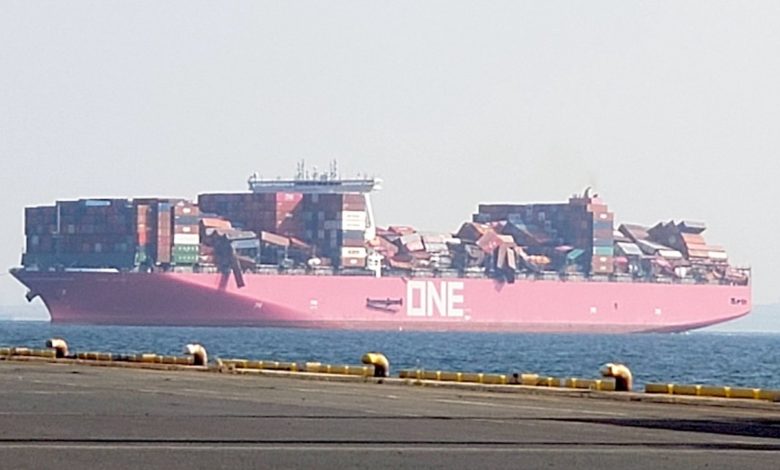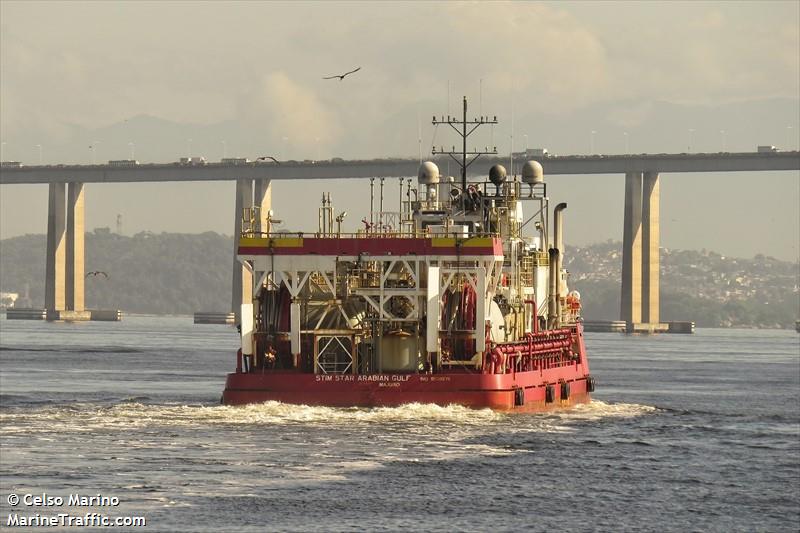World’s most extreme rogue wave recorded in the North Pacific

Researchers have announced that a 17.6 m rogue wave – the most extreme rogue wave ever recorded – has been measured in the waters off of Ucluelet, British Colombia.
The rogue wave, which measures as high as a four-story building, was recorded in November 2020 by Victoria, B.C.-based MarineLabs Data Systems. It is the subject of a scientific report by Dr Johannes Gemmrich and Leah Cicon, both of the University of Victoria, published in the journal, Scientific Reports.
The giant wave measured almost three times as high as the waves around it. Rogue waves are defined as waves with a height more than double that of other waves occurring around them. Also known as freak or killer waves, their tendency to occur unexpectedly and with huge force makes them especially dangerous, and have been regularly linked to the growing spate of box spills from many containerships in recent years.

The first rogue wave ever measured occurred off the coast of Norway in 1995. Known as the Draupner wave, it measured 25.6 m in a sea state with wave heights of approximately 12 m – two times the size of those occurring around it. The wave recorded by MarineLabs in Ucluelet was 17.6 m in a sea state with wave heights of approximately 6 m – nearly three times the size of the waves around it.
“Proportionally, the Ucluelet wave is likely the most extreme rogue wave ever recorded,” said Gemmrich, who studies large wave events along BC’s coastlines as part of his work as a research physicist at the University of Victoria. “Only a few rogue waves in high sea states have been observed directly, and nothing of this magnitude. The probability of such an event occurring is once in 1,300 years.”
The record-setting Ucluelet wave was recorded by one of MarineLabs’ sensor buoys deployed at Amphitrite Bank, approximately 7 km offshore of Ucluelet.
“The unpredictability of rogue waves, and the sheer power of these walls of water can make them incredibly dangerous to marine operations and the public,” said MarineLabs CEO, Dr Scott Beatty. “The potential of predicting rogue waves remains an open question, but our data is helping to better understand when, where and how rogue waves form, and the risks that they pose.”
Successive winters in the North Pacific have seen many box spill incidents, most memorably the ONE Apus (pictured), which lost up to $200m worth of containers in late 2020. Weather experts tracking ONE Apus’s path suggest the storm cell it hit could have seen the ship hit by waves as high as 16 m.
It is estimated that one in 10,000 waves is a rogue wave – but while they’ve been the subject of marine folklore for centuries, they were first officially recorded in the 1990s.
A 2019 study looking at two decades of wave data carried out by the UK’s National Oceanography Centre and the University of Southampton found that the height of the rogue waves was increasing by 1% year-on-year.
The researchers also found that rogue waves varied over the seasons, becoming “more rogue” in winter – that is in terms of the relative height of a rogue wave to the background waves.

 (pictured), which lost up to $200m worth of containers in late 2020. Weather experts tracking ONE Apus’s path suggest the storm cell it hit could have seen the ship hit by waves as high as 16 m.
(pictured), which lost up to $200m worth of containers in late 2020. Weather experts tracking ONE Apus’s path suggest the storm cell it hit could have seen the ship hit by waves as high as 16 m.
You are normally a serious maritime news media. But are you resorting to “fake news” – or at least boosting your articles with unrelated footage?
The collapse of containers on “ONE Apus” – as pictured – was not caused by this roque wave! It was a storm in mid Pacific – west of Hawaii – early December 2020, whereas the roque wave was off B.C. in November 2020. Perhaps the roque wave was a derived result of the storm in the Pacific, but the collapse of containers is just another case to show that the “Babel’s Tower” of 8-9 high may have become too tall for “normal” big storms with heavy high swell.
Regards
What is meters ? I only understand feet.
IF YOU MULTIPLY METERS BY 3.281 IT WILL GIVE YOU THE TOTAL FEET…(.METERS X 3.281 = FEET)
I am in favour of rogue waves.